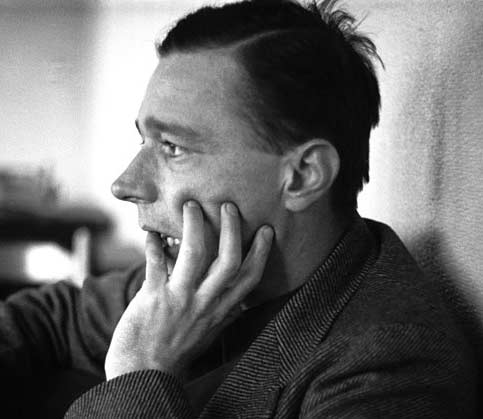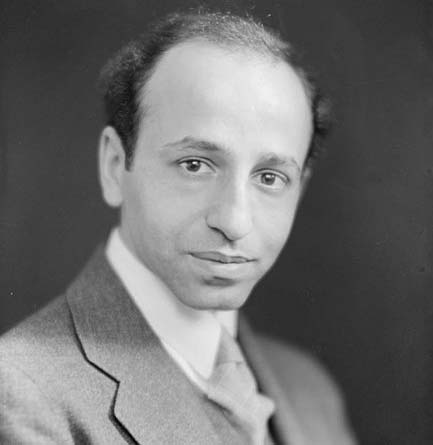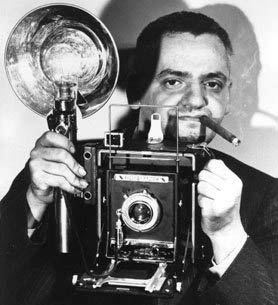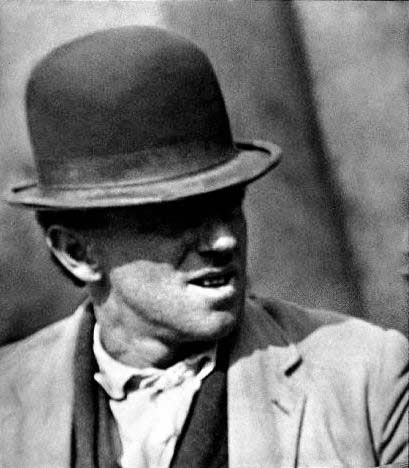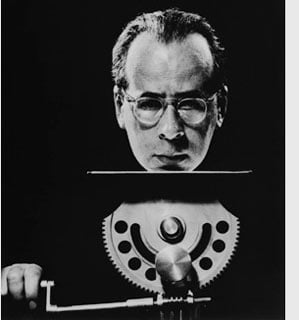BIOGRAPHY
Walker Evans (November 3, 1903 – April 10, 1975) was an American photographer and photojournalist best known for his work for the Farm Security Administration (FSA) documenting the effects of the Great Depression. Much of Evans’s work from the FSA period uses the large-format, 8×10-inch (200×250 mm) view camera. He said that his goal as a photographer was to make pictures that are “literate, authoritative, transcendent”.
Many of his works are in the permanent collections of museums and have been the subject of retrospectives at such institutions as the Metropolitan Museum of Art or George Eastman Museum.
EARLY LIFE
He was born in St. Louis, Missouri, to Jessie (née Crane) and Walker Evans. His father was an advertising director. Walker was raised in an affluent environment; he spent his youth in Toledo, Chicago, and New York City. He attended The Loomis Institute and Mercersburg Academy before graduating from Phillips Academy in Andover, Massachusetts, in 1922. He studied French literature for a year at Williams College, spending much of his time in the school’s library, before dropping out. He returned to New York and worked as a night attendant in the map room of the Public Library. After spending a year in Paris in 1926, he returned to the United States to join a literary and art crowd in New York City. John Cheever, Hart Crane, and Lincoln Kirstein were among his friends. He was a clerk for a stockbroker firm in Wall street from 1927 to 1929.
Evans took up photography in 1928 around the time he was living in Ossining, New York. His influences included Eugène Atget and August Sander. In 1930, he published three photographs (Brooklyn Bridge) in the poetry book The Bridge by Hart Crane. In 1931, he made a photo series of Victorian houses in the Boston vicinity sponsored by Lincoln Kirstein.
In May and June 1933, Evans took photographs in Cuba on assignment for Lippincott, the publisher of Carleton Beals’ The Crime of Cuba (1933), a “strident account” of the dictatorship of Gerardo Machado. There Evans drank nightly with Ernest Hemingway, who loaned him money to extend his two-week stay an additional week. His photographs documented street life, the presence of police, beggars and dockworkers in rags, and other waterfront scenes. He also helped Hemingway acquire photos from newspaper archives that documented some of the political violence Hemingway described in To Have and Have Not (1937). Fearing that his photographs might be deemed critical of the government and confiscated by Cuban authorities, he left 46 prints with Hemingway. He had no difficulties when returning to the United States, and 31 of his photos appeared in Beals’ book. The cache of prints left with Hemingway was discovered in Havana in 2002 and exhibited at an exhibition in Key West.
LATER WORK
Evans was a passionate reader and writer, and in 1945 became a staff writer at Time magazine. Shortly afterward he became an editor at Fortune magazine through 1965. That year, he became a professor of photography on the faculty for Graphic Design at the Yale University School of Art.
In one of his last photographic projects, Evans completed a black and white portfolio of Brown Brothers Harriman & Co.’s offices and partners for publication in “Partners in Banking,” published in 1968 to celebrate the private bank’s 150th anniversary. In 1973 and 1974 Evans used the new Polaroid SX-70 instant camera for his last work; the company provided him with an unlimited supply of film, and the camera’s simplicity and speed were easier for the aged photographer.
The first definitive retrospective of his photographs, which “individually evoke an incontrovertible sense of specific places, and collectively a sense of America,” according to a press release, was on view at New York’s Museum of Modern Art in early 1971. Selected by John Szarkowski, the exhibit was titled simply Walker Evans.
The contents of this page are sourced from Wikipedia article on 4 July 2020. The contents are available under the CC BY-SA 4.0 license.
Table of Contents
Toggle
